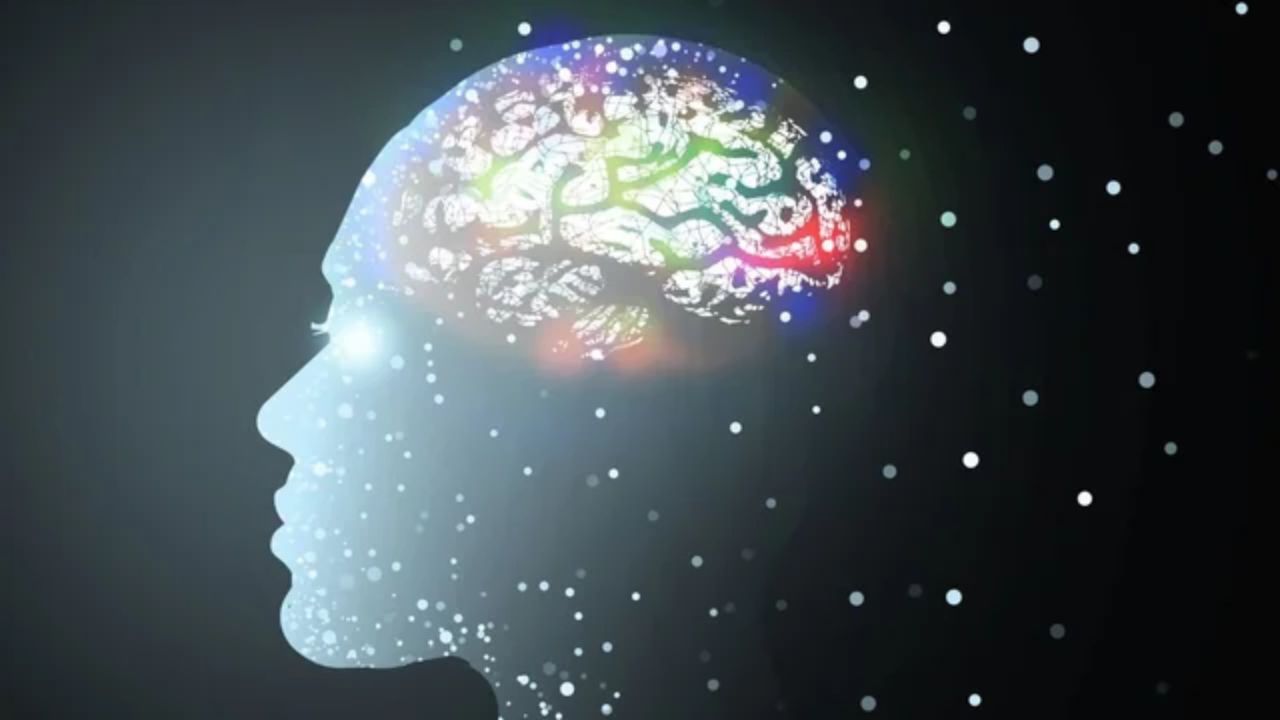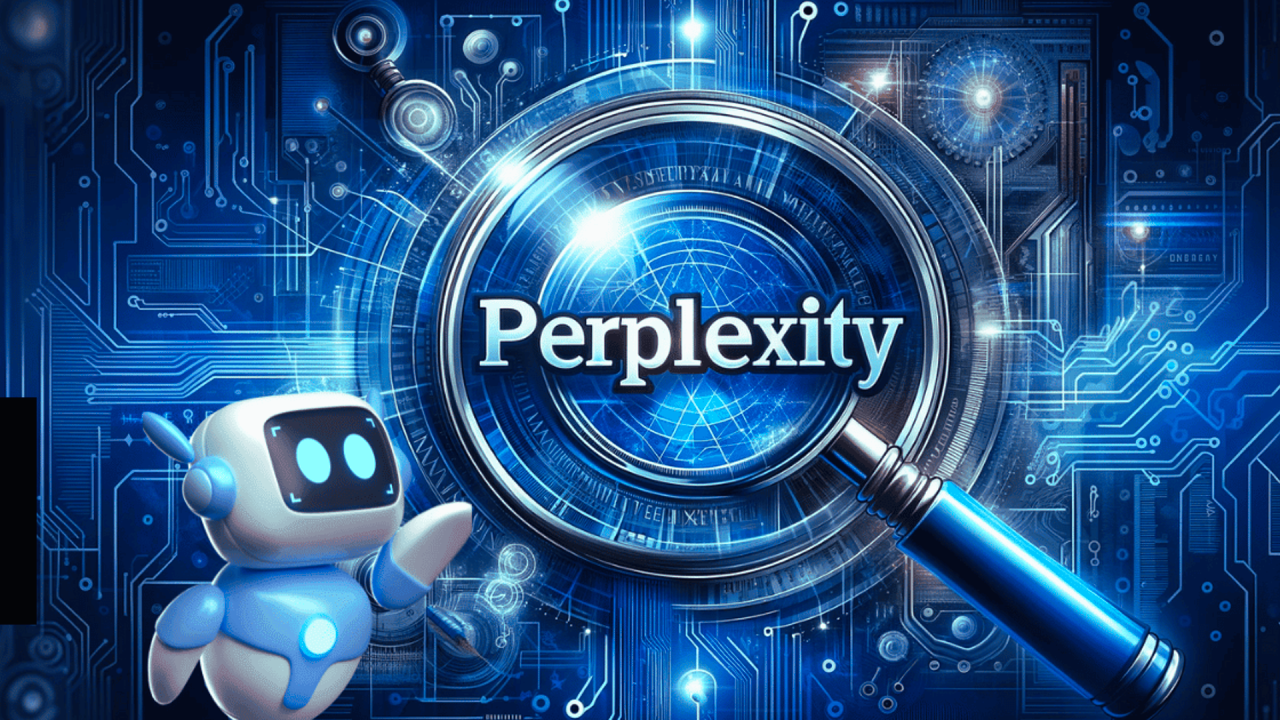Artificial Intelligence has come a long way, and now, many people are asking crucial questions about how AI systems like ChatGPT function. You might wonder if ChatGPT truly thinks, whether AI research could be a form of physics, and even if we live in a universe structured like a digital simulation using voxels. In this exploration, let’s break down these fascinating ideas.
What Does ChatGPT Think About Itself?
First of all, does ChatGPT actually think? This is a common question as you interact with it, and the answer may surprise you. ChatGPT doesn’t “think” in the way humans do. When you ask it to perform tasks like calculating the distance between two points, it isn’t reasoning or understanding the problem. Instead, it’s matching patterns based on the vast data it has been trained on. The AI uses algorithms to predict the most likely correct response based on what it has seen before.
For example, if you ask ChatGPT to calculate the distance between points (-5,7) and (7,14), it immediately applies the distance formula. However, it doesn’t visualize or comprehend the mathematical concept the way a human would. You may think through the logic of the problem, recalling the Pythagorean theorem and visualizing points on a graph. ChatGPT, on the other hand, simply retrieves a stored formula and performs calculations without true understanding.
This process is called pattern matching, not reasoning. While it appears that ChatGPT is making logical connections, it’s really just following the data pathways it has been trained to recognize.
Is AI Research a Form of Physics?
When thinking about AI research, you might question if it could be categorized as physics. The answer is yes. Much of AI’s development is rooted in statistical physics and other scientific foundations. The Nobel Prize in Physics for 2024 even acknowledged the foundational research in neural networks and AI.
One key issue that AI faces today is the efficiency of its hardware. Current AI models require large amounts of energy and generate significant heat. In the future, someone will likely receive a Nobel Prize for creating a more efficient AI system that reduces energy consumption. When that happens, it will undoubtedly be seen as a breakthrough in physics.

The Simulation Hypothesis: Are We in a Voxel-Based Universe?
The concept of a voxel-based universe is particularly intriguing. A voxel is essentially a three-dimensional pixel, and some theories suggest that the universe at its smallest scales could function like a grid of voxels. You might ask, “What does ChatGPT think of this theory?”
Interestingly, when asked to propose a “theory of everything” based on its knowledge of physics, ChatGPT suggested a voxel-based universe. According to this idea, at the Planck scale, the universe might act like a vast computational grid where each voxel computes its state based on its neighbors. This is reminiscent of cellular automata or Turing machines—concepts rooted in computer science.
In this theory, the laws of physics we observe could be large-scale emergent properties of these small-scale voxel computations. It’s a captivating thought that blurs the line between digital simulation and physical reality. Though the simulation hypothesis is still widely debated, it’s becoming harder to dismiss outright as our understanding of the universe and AI deepens.
What Does This Mean for the Future of AI?
So, what’s the takeaway for you in this exploration of AI, physics, and voxel-based universes? First, you should understand that AI, while powerful, doesn’t “think” or reason as humans do. It’s a tool—one that will become increasingly integrated into daily life, much like spell-check or predictive text, and soon, into more complex tasks like job applications and personalized learning systems.
Furthermore, AI research is not just a technological endeavor; it’s deeply intertwined with physics. As we continue to push the boundaries of what AI can do, you will see a merging of these fields, especially as scientists work to create more efficient AI systems that minimize energy use.
Lastly, the possibility of a voxel-based universe should encourage you to think deeply about the nature of reality. Could the universe itself be structured like a computer simulation? While this remains speculative, it’s clear that advances in AI will continue to challenge our understanding of physics, reality, and even existence.
In conclusion, AI, physics, and the nature of reality are more connected than ever, pushing the boundaries of what we know and how we perceive the universe. As AI systems like ChatGPT evolve, so too will the questions they raise, from whether machines can truly think to whether we ourselves live inside a vast computational system.



